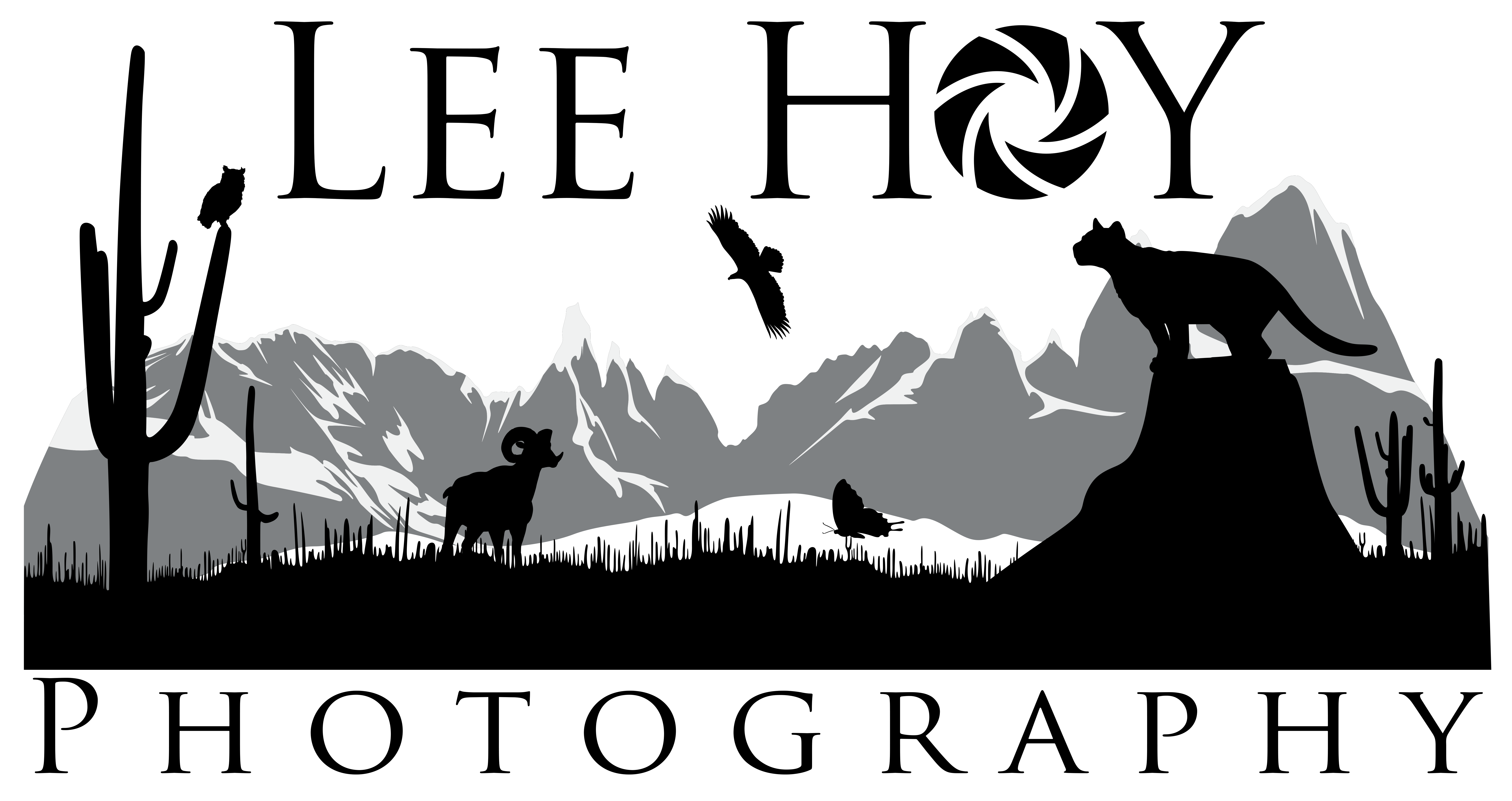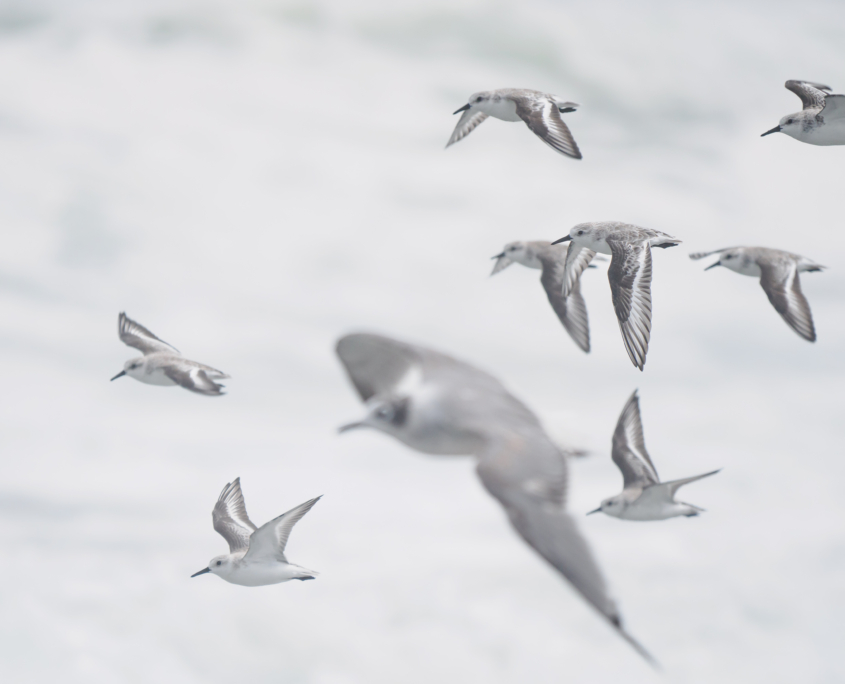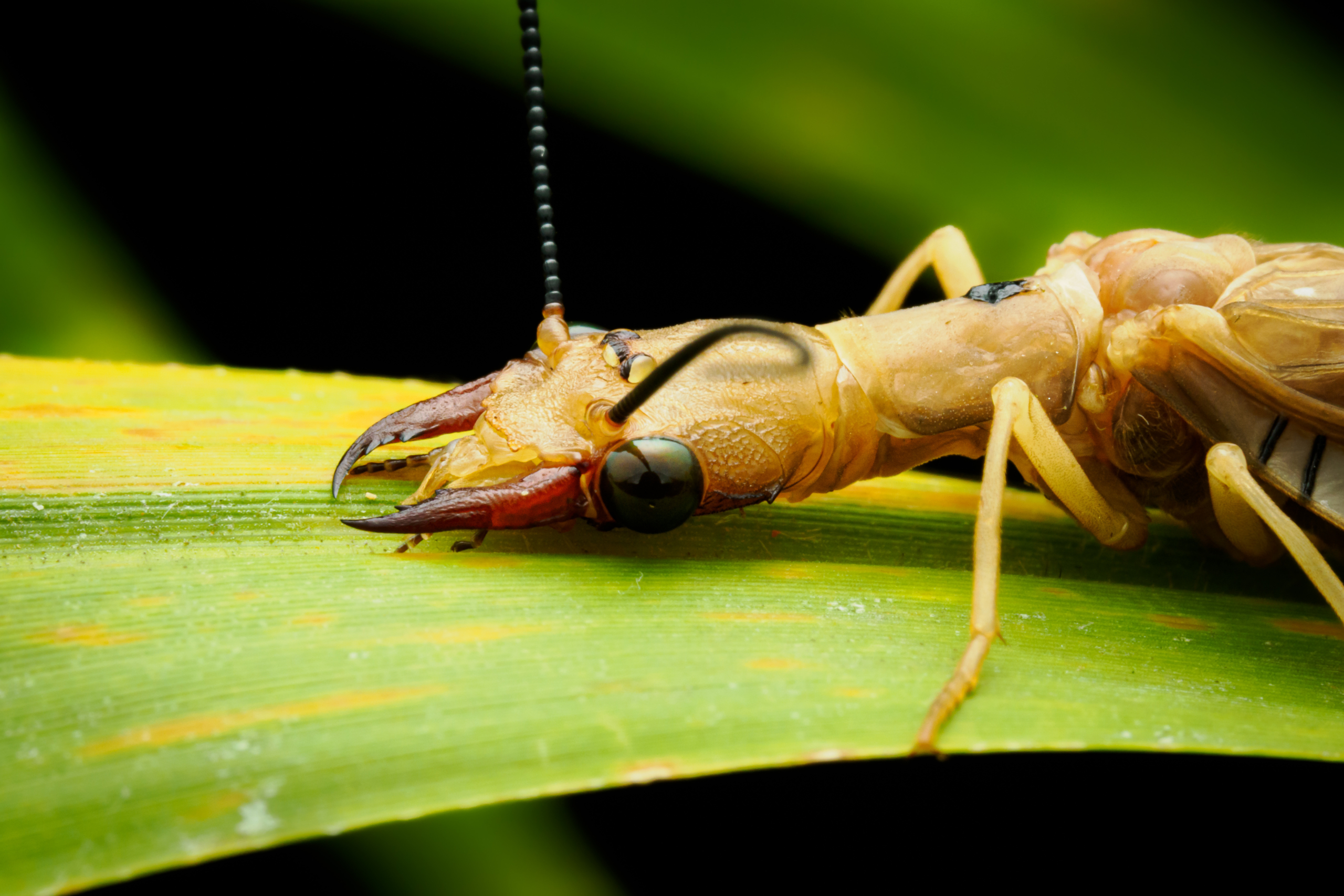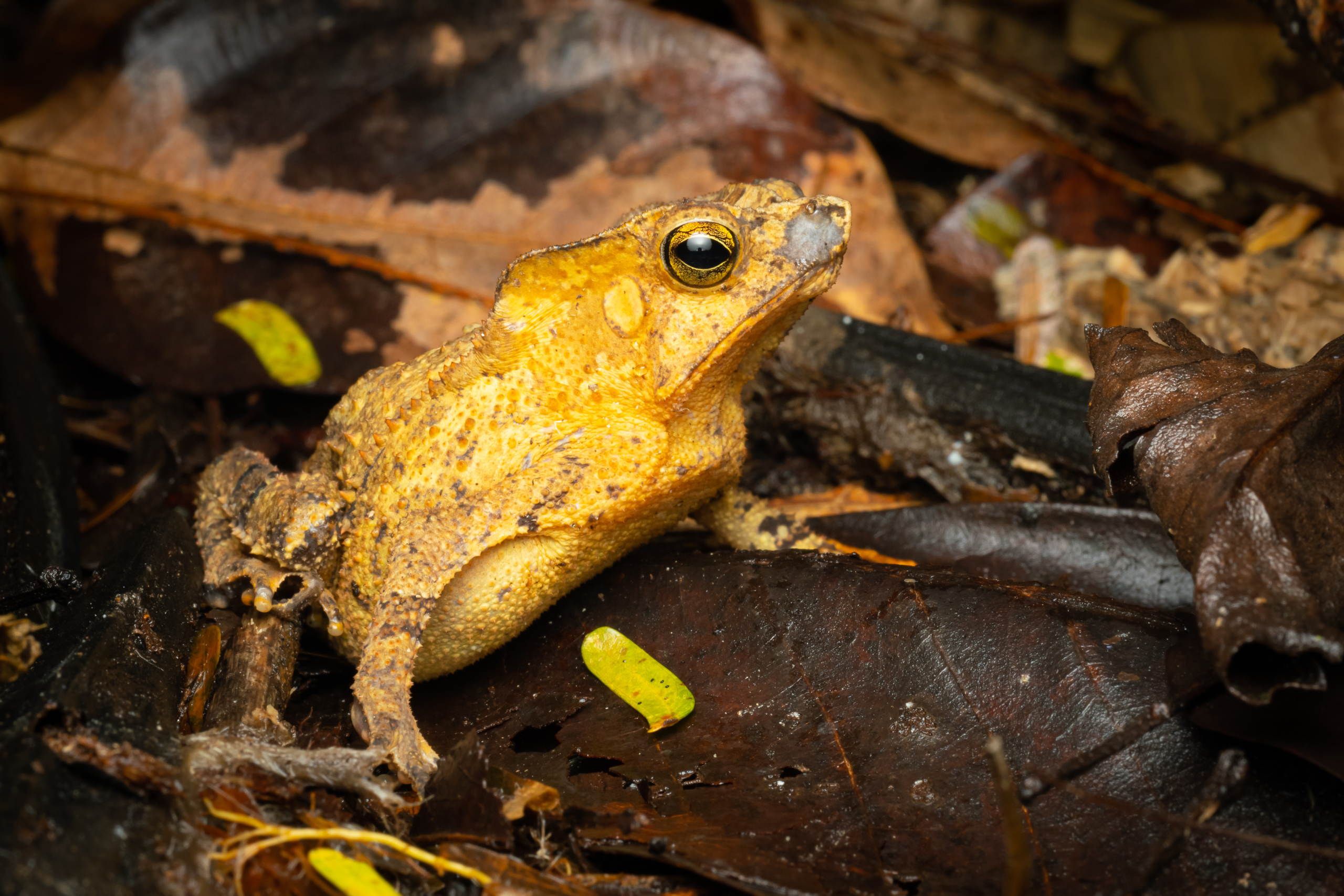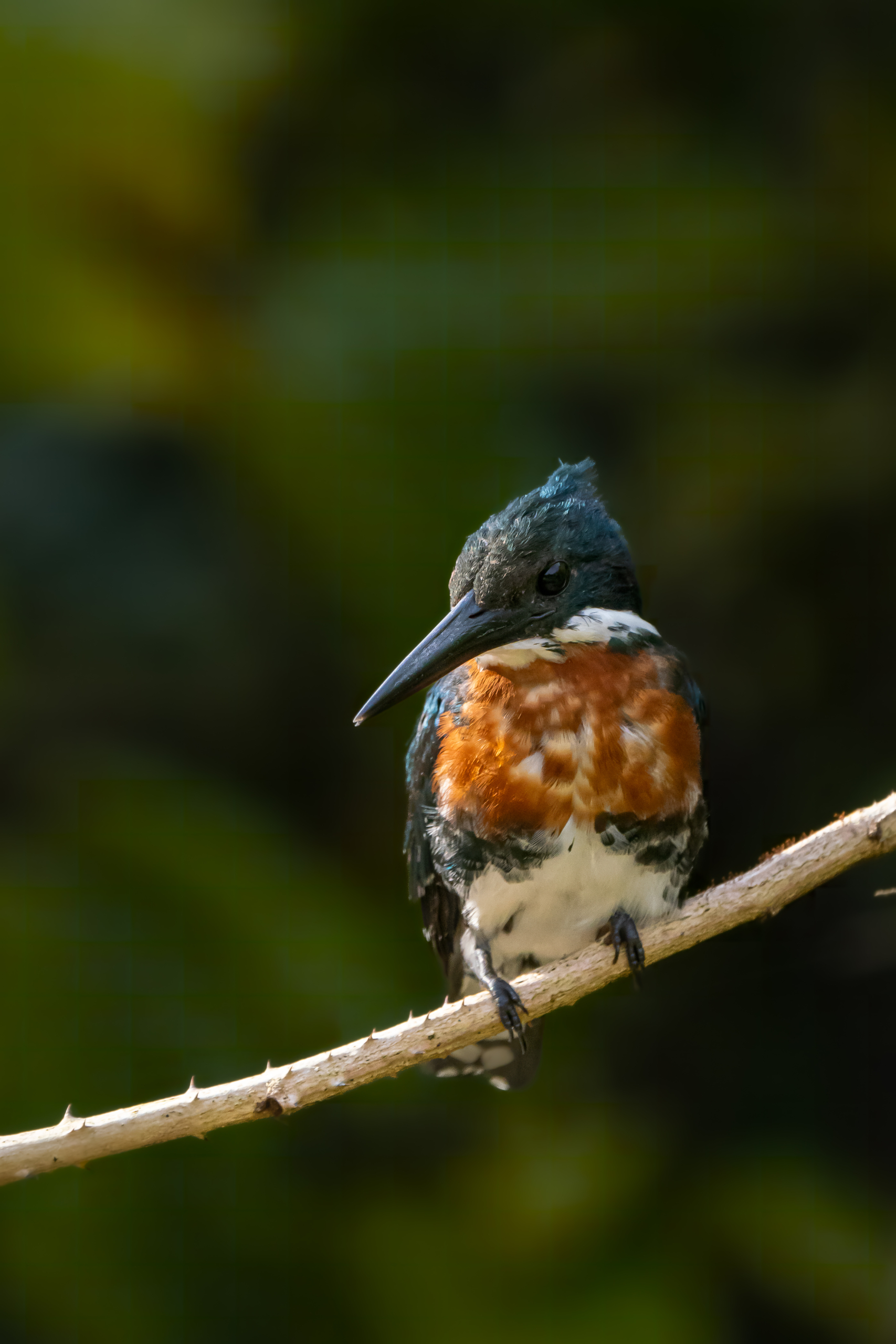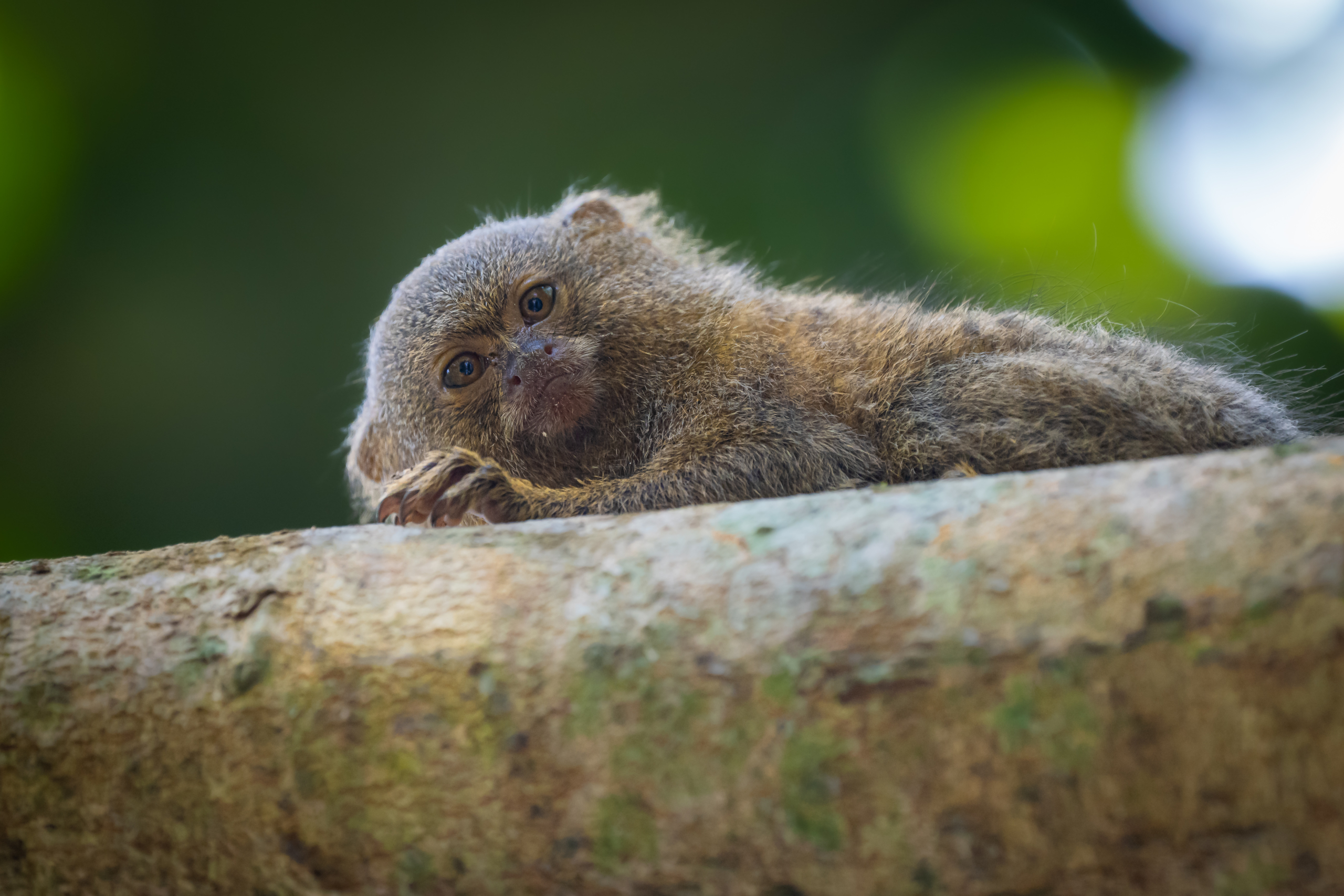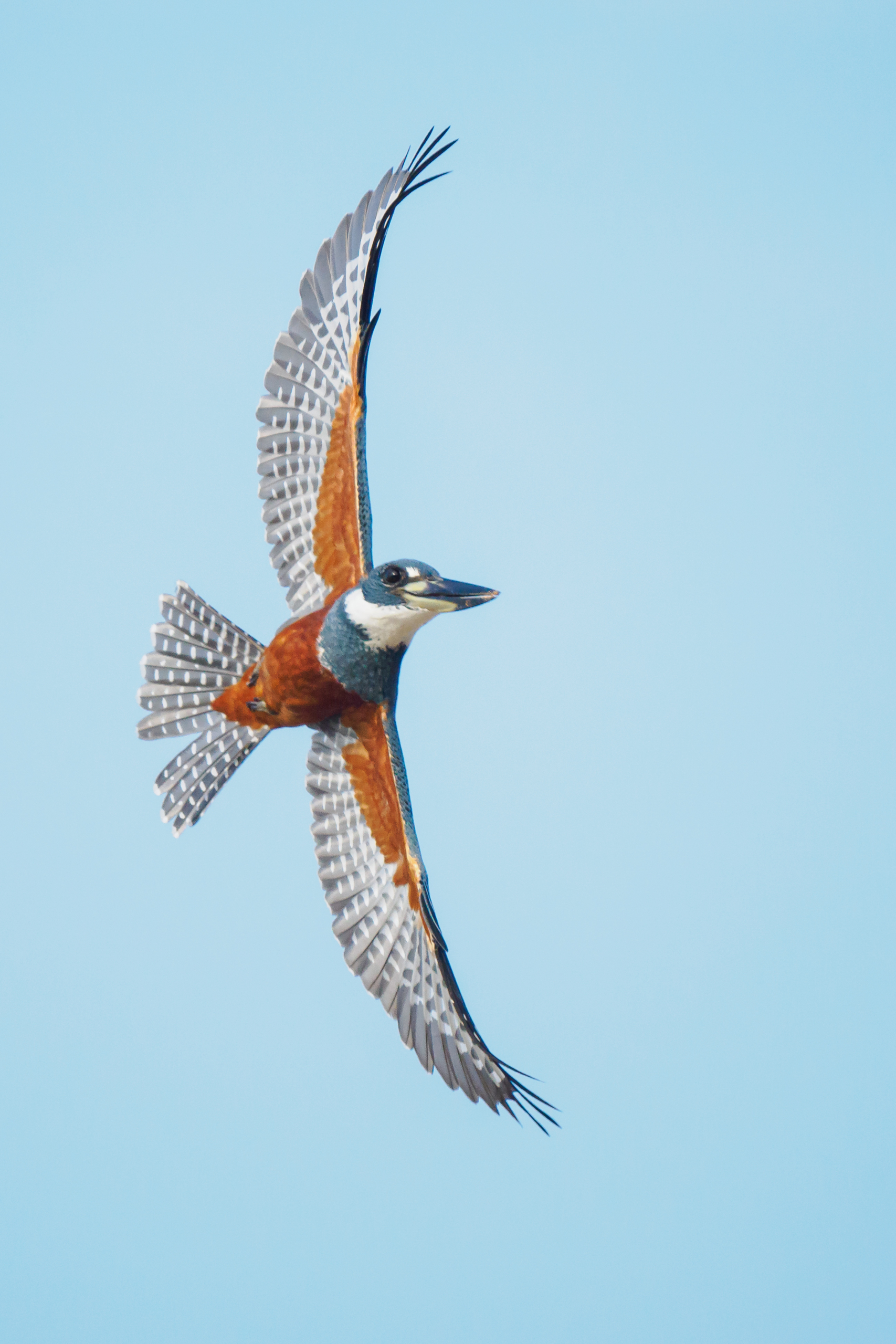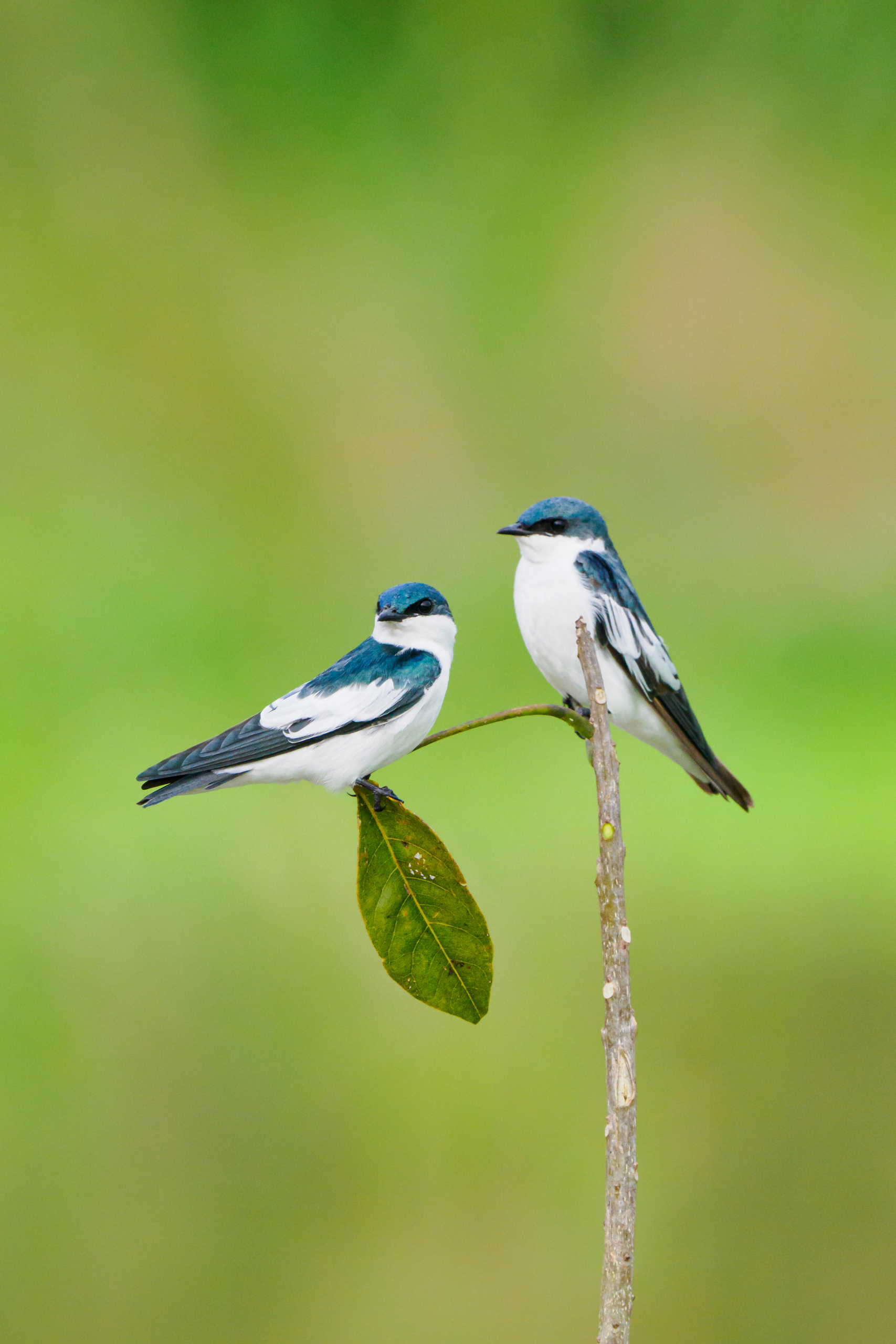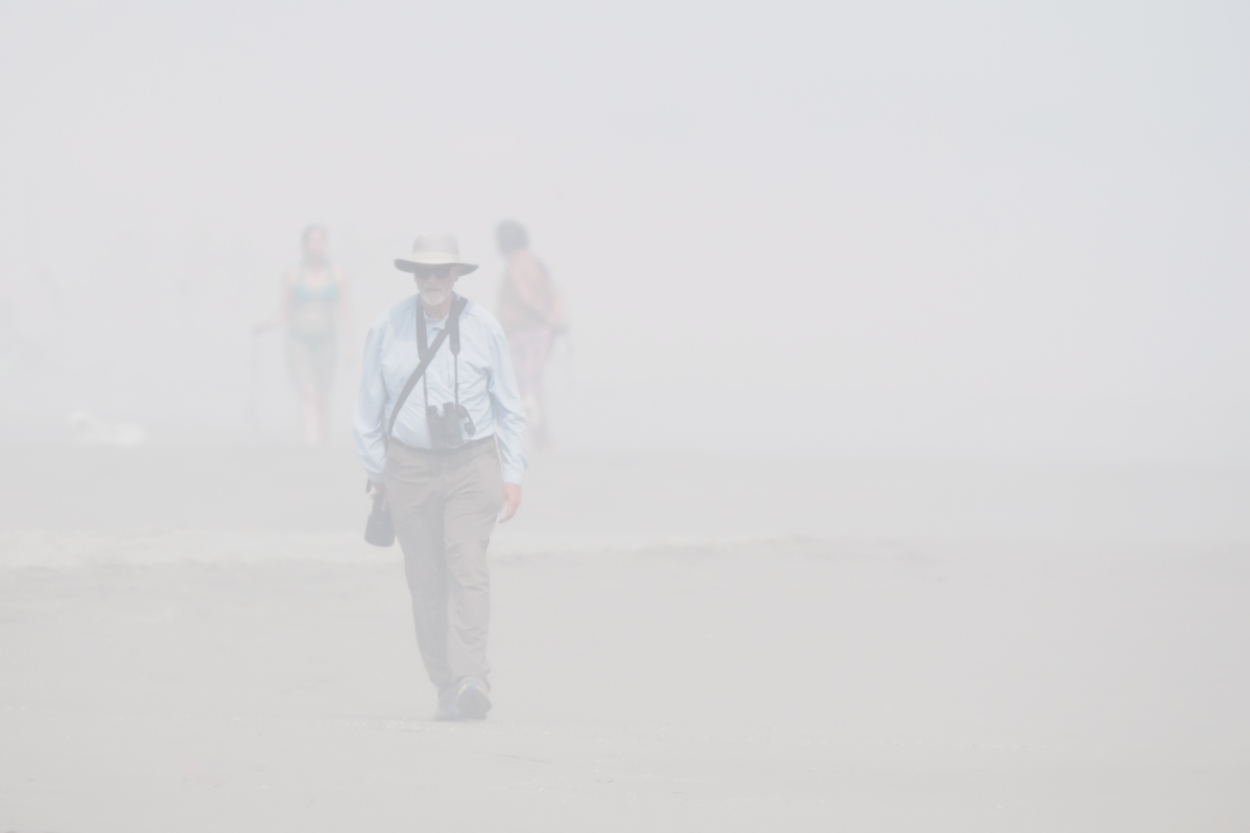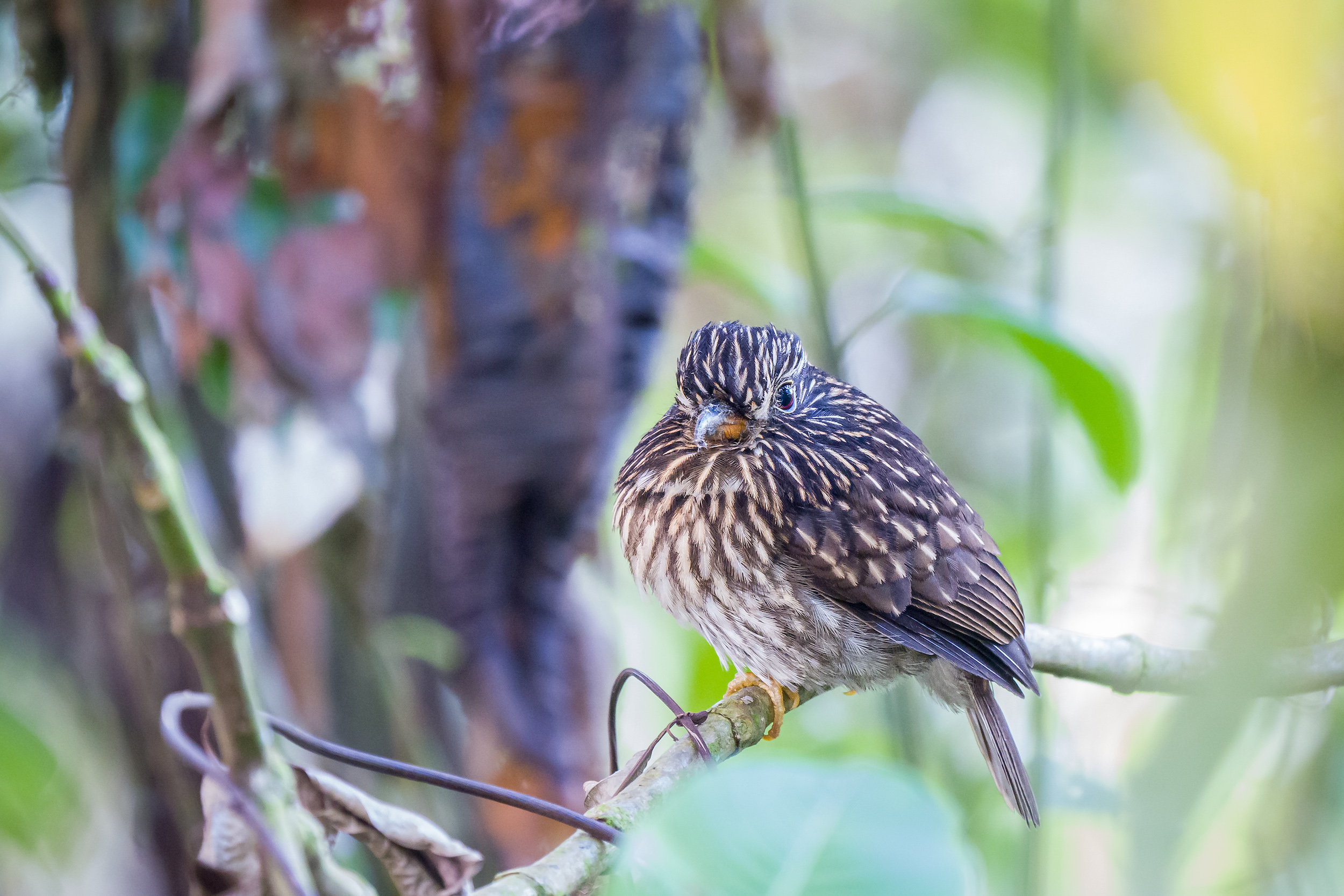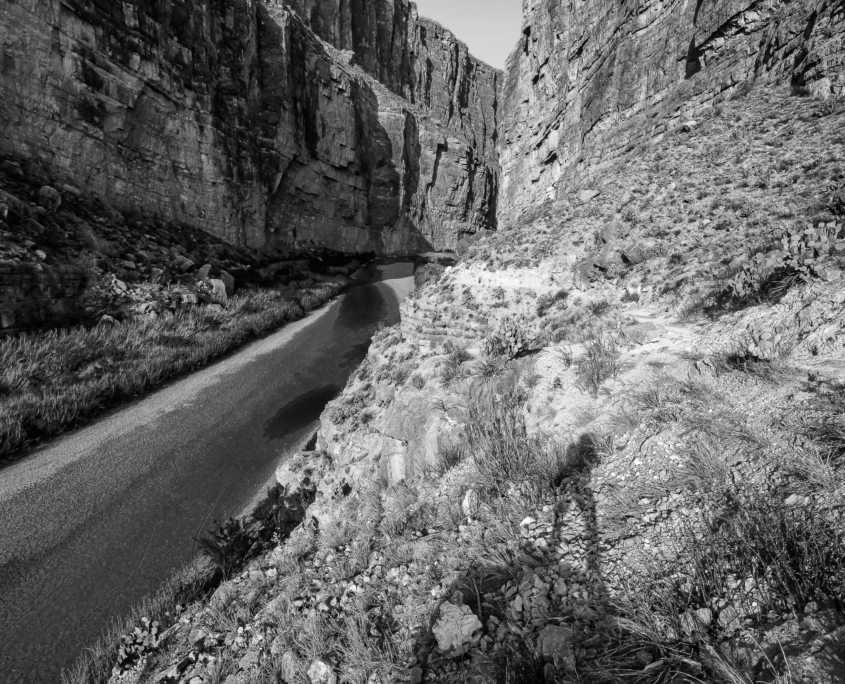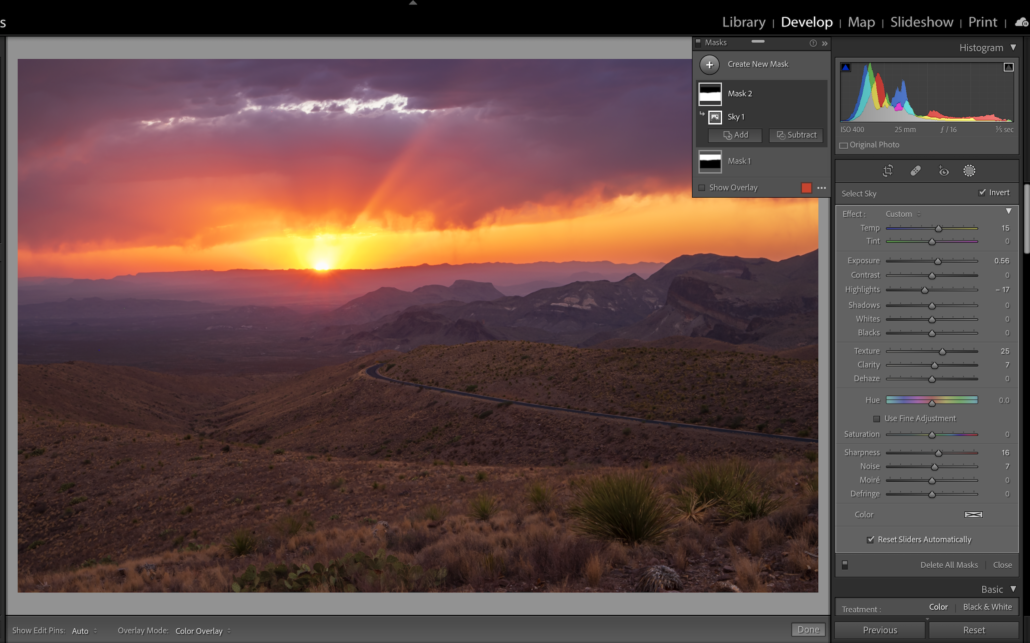This episode will discuss the planning, logistics, and travel to the Galapagos Islands, the proper selection, use, and considerations of using a tripod, and five tips for beginning bird photographers.
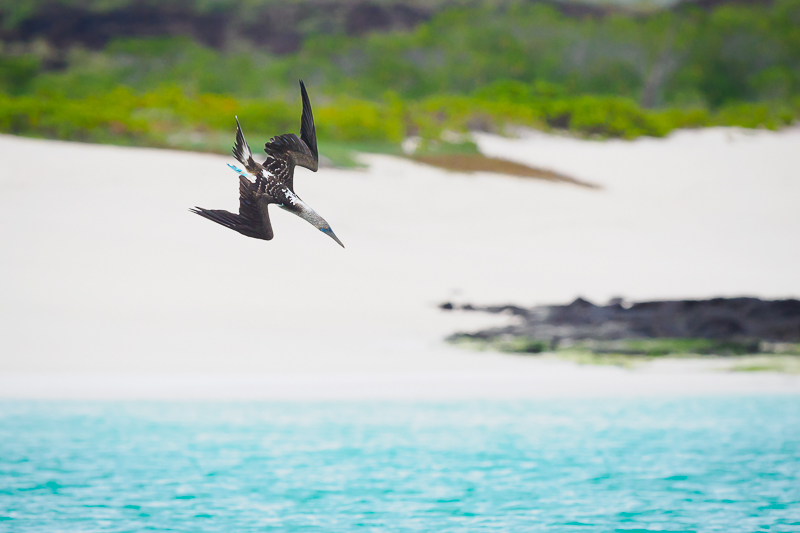
Blue-footed Booby
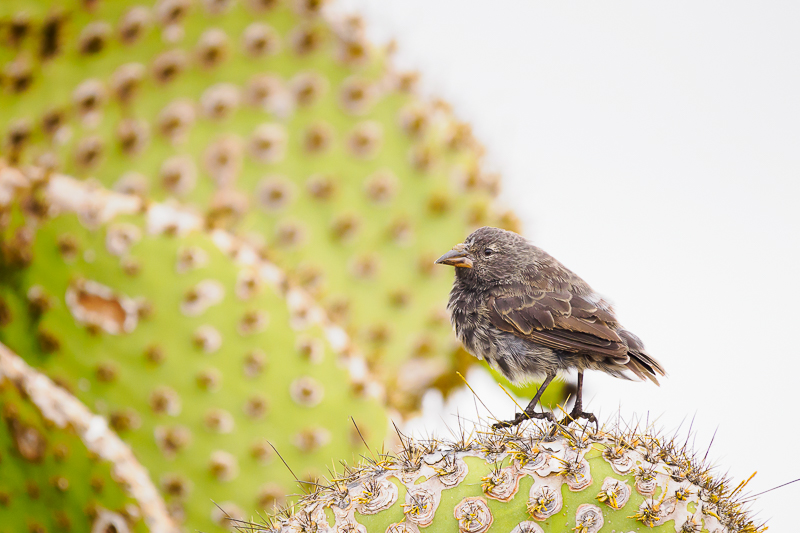
Common Cactus-finch
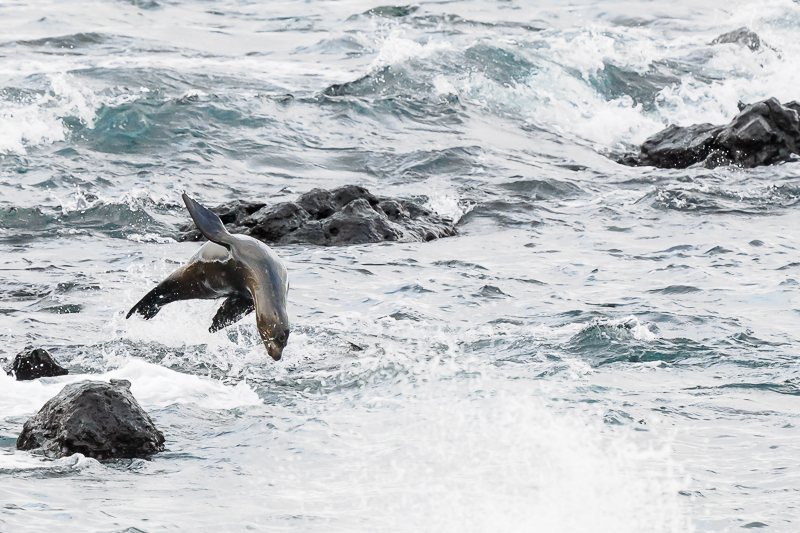
Galapagos Sea Lion
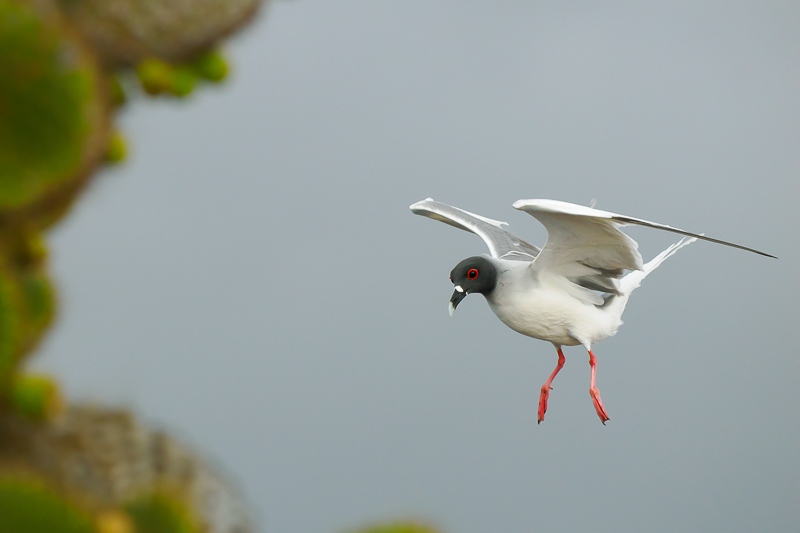
Swallow-tailed Gull
The Galapagos Islands are dream destination for many photographers and for good reason! It offers up close and personal wildlife, dramatic island landscape and even underwater photography while snorkeling! I just finished my fourth workshop and first as the solo leader; but Kevin Loughlin, owner of Wildside Nature Tours, has been 41 times! To say Wildside reigns supreme as the Galapagos Photography Workshop is an understatement! If you are going to go to the Galapagos, what should you know about planning a photography trip? Do you go solo or do a live aboard? What will you miss if you go solo? How do you make sure you choose a great company for a photography workshop to this amazing destination? Find out what a “generic” Galapagos trip will leave you sadly disappointed as a photographer.
Tripods are a critical piece of photographic gear and as such, I am often left wondering why such a huge percentage of photographers put so little thought into their purchase and use. In this episode, we will navigate the waters of camera support and give you some knowledge on how to best purchase and use a tripod.
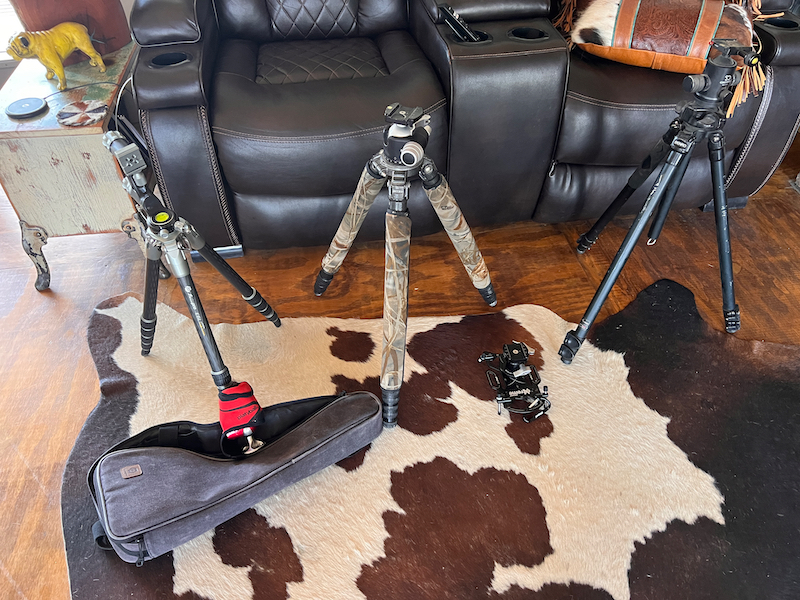
Tripods
Finally, we give beginning bird photographers five tips on how to capture better bird images. Frankly, many non-beginners could use this same advice!
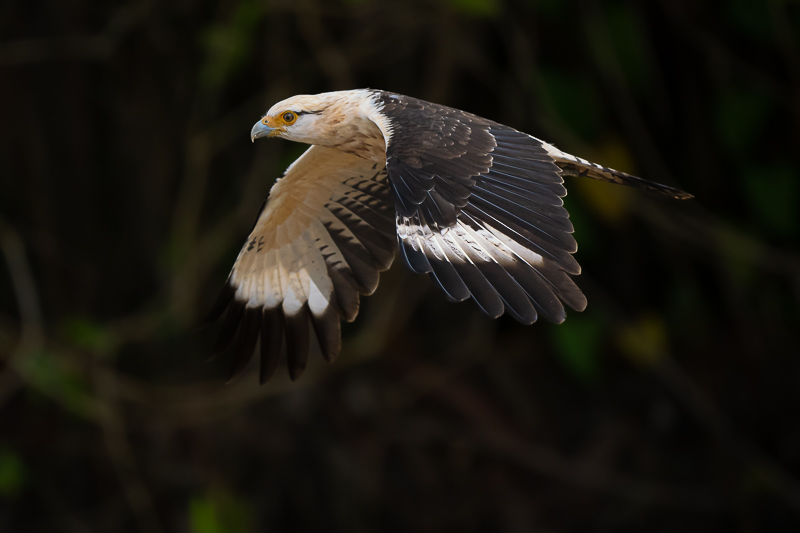
Yellow-headed Caracara
